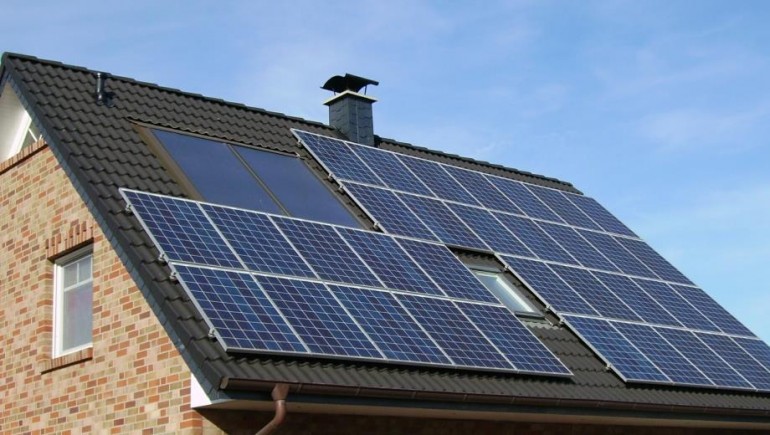Solar PV: The Darkest Hour
Caroline Joseph, Solar Business Director, AgilityEco
On 27th August, DECC published a very alarming consultation for the main technologies reliant on the Feed-in Tariff (Solar PV, Wind and Hydro). Under the main headings of “Securing Value for Money” and “Cost Control Measures”, DECC is proposing to take drastic measures from January 2016 to significantly stem the flow of new FIT registrations.
DECC's justification is that, if left unchanged, the Levy Control Framework (LCF) is on track to be overspent by 20% by 2021. The LCF is there to control the impact of green levies on customer electricity bills. In fact, by the end of this year the LCF is likely to already have reached its upper limit, so these changes are really intended to stop FITs in its tracks. Looking at the proposals, that is certainly what will happen.
The Changes
The key changes for Solar PV are:
1. Dramatic reduction of FIT Generation Tariffs:

Some of the tariff bands are to be merged, in particular the 4-10kW band is merging with the <4kW band due to DECC’s perceptions that costs of install, grid connection, maintenance and likely energy savings are likely to be similar across that band. Installs of 4kW and under are set to see a tariff fall of 87%, and the 10-50kW band seeing a 67% tariff fall. These reductions make new solar PV installations totally uneconomic from January 2016.
2. Degression mechanism is to be overhauled, with a set table of default tariff rates for every quarter from January 2016 to January 2019. The 0-10kW band falls all the way to zero, whilst the 10-50kW band reduces by between 3% and 4% per quarter.
3. Deployment caps to limit new FITs commitments to £75-£100m between now and 2018-19. This will be divided up into quarterly allocations, and once used up, that quarter’s tariff will be closed.
There are a number of other proposals to reduce the attractiveness of the scheme in a variety of ways, such as changing the indexation from RPI to CPI, and making the date for the D-rated Energy Performance Certificate be before the date of the MCS certificate (or commissioning date). But the detail of these seems relatively unimportant given that the levels of these tariffs are effectively going to kill the scheme stone dead. Indeed it appears naïve or disingenuous for DECC to have gone to such a degree of effort discussing future plans around smart metering, energy storage enablement and export payments for an industry that it has completely shelved.
An astonishing move
When taken together with the July announcements of their intention to close the ROC support system for larger solar from next April, and to remove pre-accreditation for community schemes, this assault on the micro-renewable industry is an astonishing move.
There is an extraordinary sentence in the executive summary that the Government “does not expect that implementation of the proposed changes will adversely affect our ability to meet our renewable electricity and carbon reduction targets.” In the Impact Assessment the comment is made that “industry has proven resilient to previous significant changes to FITs”, with the implication that the industry is effectively ready to survive on its own with its economics based on grid parity right now.
The Solar Trade Association thinks that we are not there yet; publishing its “Solar Independence Plan for Britain” in June it estimated that it would cost just another £1.70 per year on energy bills between now and 2020 to deliver a million more solar homes and grid parity. Polling by DECC shows solar is the UK’s most popular energy technology. Despite fantastic advances that solar PV has made towards grid parity, surviving huge reductions in FITs in the past, this latest move completely undermines all prospects for an important technology for the future.
There is a thinly veiled threat repeated several times throughout the consultation document, that if deployment between now and the end of the year exceeds expectations, they are likely to stop the Generation Tariff completely from January. We think that this is unlikely to hold back an enormous rush to build capacity throughout the next four months. The proposed tariff drops are so severe, that it makes no sense to wait. We predict a rush of work for solar installers, followed immediately by a complete crash in the installation sector, with all the associated chaos that brings. All of this from a DECC that as recently as February last year said that “up to 20GW of deployed solar is not only desirable but also potentially achievable within a decade”. Not any more!
Next Steps
The simple truth is that solar PV projects will be economically unfeasible from January. So, if you have any well advanced plans for solar PV installations, your only real option is to get the installation completed and FIT registered by December. If you'd like further advice on any aspect of specification, installation or registration, please get in touch.
